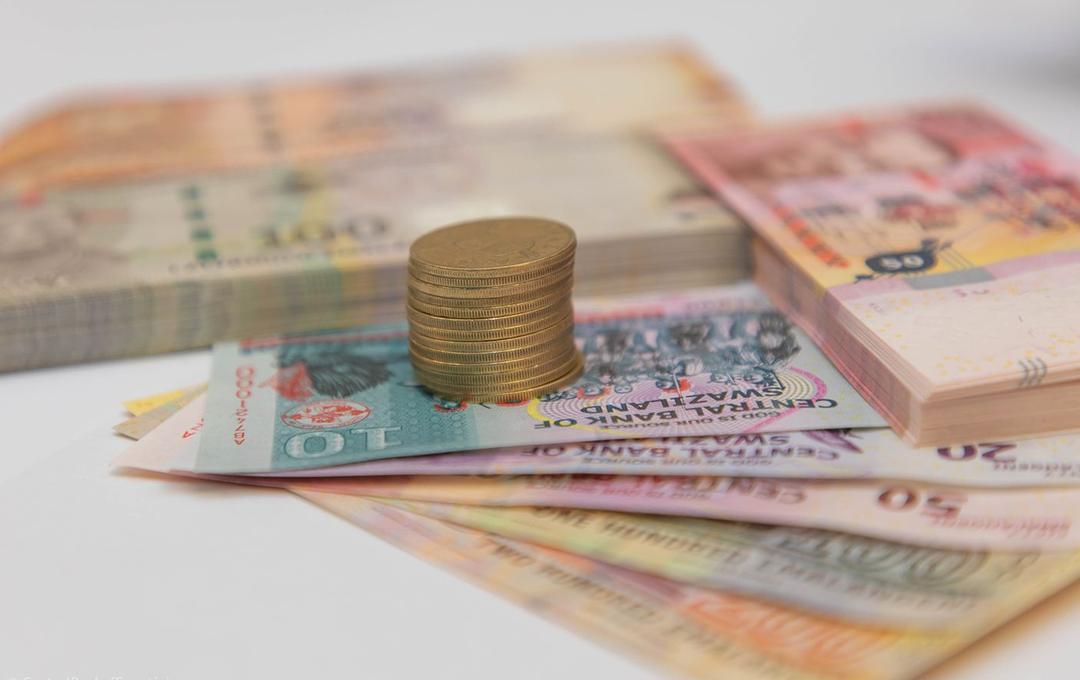Africa-Press – Eswatini. The country’s short-to-medium-term inflation outlook remains broadly uncertain.
According to the Central Bank of Eswatini (CBE) review for the first quarter of the year ended March, even though food inflation remains on a downward trend and continues to cause an overall moderation in domestic inflation, upside risks remain from the regional side. This is on the back of envisaged supply shortages, resulting from the El Nino weather patterns experienced across the region in the 2023/24 crop season.
Production
As a result, South Africa’s harvest is projected to be lower in 2024. White maize production is estimated to decline by 26.0 per cent in 2024, while yellow maize, which is used mostly for animal feed, is anticipated to be 12.0 per cent lower than the previous year’s level. These developments are expected to filter through an increase in domestic food prices in the short-to-medium term.
The CBE reported that international oil prices were under pressure to rise considering the escalating geopolitical tensions, particularly in the Middle East, potential disruptions to North American oil production, as well as continuous cuts in production by the oil and petroleum exporting countries and their allies (OPEC+).
According to the US Energy Information Agency (EIA), as at the end of March 2024, global oil production would fall short of global oil consumption, thereby leading to a drawdown in petroleum stocks (inventory) and push up in international Brent oil prices. In addition, the Rand/Lilangeni exchange rate remains volatile on account of political risks linked to the South African election (in the short term) and global sentiments, particularly the timing and magnitudes of interest rates cuts by the US Federal Reserve.
Developments in international oil prices coupled with exchange rate movement broadly filters through to the domestic inflation outcomes directly through transport inflation and indirectly through rising input costs on other components of the consumer basket.
Pressures
The central bank noted that on administered prices, electricity tariffs increased by 8.0 per cent in April 2024, following another increase of 10.1 per cent in April 2023, which was a multi-year electricity tariff that was approved by the Eswatini Energy Regulatory Authority.
The hike may trigger increases in other utility costs (i.e. water tariffs) and feed into inflationary pressures in the short-to-medium term. The Central Bank of Eswatini, through its March 2024 Monetary Policy Consultative Committee Statement, forecasts inflation to average 4.9 per cent in 2024, and 5.2 per cent for 2025.
For More News And Analysis About Eswatini Follow Africa-Press







